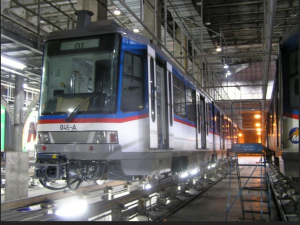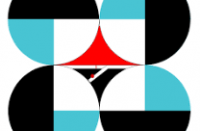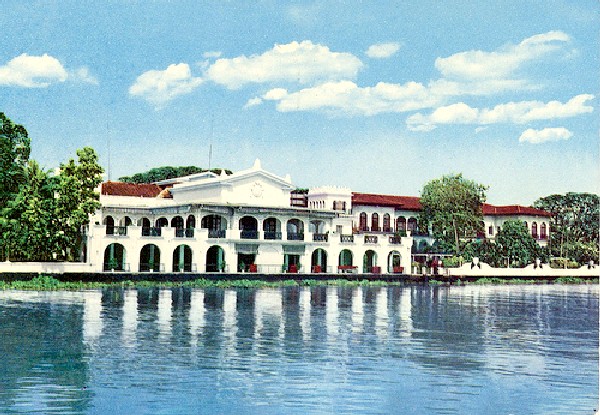It’s a sad fact of commuter life to be confronted with long lines, especially if you are planning to take the MRT. So it’s definitely a welcome news for commuters when the MRT unveiled its plan to de-congest said lines, especially in the MRT-3 station.
Two (2) additional light rail vehi cles (LRVs) or coaches previously on standby at the depot have been deployed regularly by management to improve the rail system’s ability to meet passenger demands.
cles (LRVs) or coaches previously on standby at the depot have been deployed regularly by management to improve the rail system’s ability to meet passenger demands.
“We welcome MRT-3’s report that it has increased the number of running coaches from 18 to 20, which translates to an increased capacity of 2,364 passengers per hour per peak direction (PPHPD). Passenger convenience is of course always a concern, so we hope this helps riders somewhat in their daily commute by reducing their queuing time and taking them to their destinations faster,” said Department of Transportation and Communications (DOTC) Secretary Jun Abaya.
According to MRT-3’s report, the transit line had a carrying capacity of 17,730 passengers prior to the additional coaches’ deployment. It now stands at 20,094. As a result, queuing time has significantly decreased especially in congested stations, where long lines along street levels are now cleared as early as 8:00 in the morning as opposed to the previous 9:00am.
The additional deployment began in the first week of June on orders of its officer-in-charge, Honorito Chaneco, shortly after he assumed responsibility over MRT-3.
“When I was made responsible for MRT-3’s operations, my priority was to look for technical solutions which would improve services within the system’s limitations. One of our first actions was to deploy these additional coaches. This necessarily included an adjustment to train timetables, which took about a week to do. We also began implementing the skipping train scheme, which we have been doing for LRT 1 and 2,” said Chaneco.
The skipping trains go straight to any congested station once it starts becoming overcrowded. MRT-3 stations are closely monitored by management throughout the system’s daily operating hours to enable real-time response. This scheme thus provides additional relief to passengers in congested stations.
The skipping train scheme has taken the place of the proposed MRT Express Train service, which also aimed to move passengers faster to their destinations during the most congested times. The Express service was tested last May, but it did not reach the regular implementation stage.
MRT-3 management assures the public that it will continue its efforts in improving the train system.
From 2015 to 2017, forty-eight (48) brand new coaches will be delivered in tranches to address the overcapacity of MRT-3. Under its contract, the train supplier has eighteen (18) months, or until the third quarter of 2015, to deliver its prototype unit for testing before the rest of LRVs arrive on a monthly basis.








